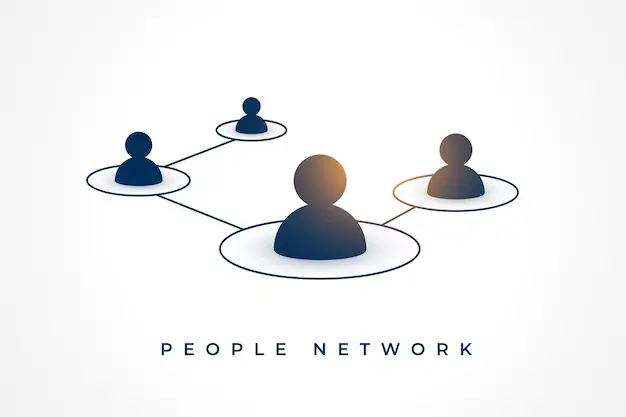Crowdsourcing can significantly amplify digital campaigns by leveraging the collective intelligence, creativity, and resources of a large group of people. Here’s how it can enhance various aspects of digital campaigns:
1. Content Creation
- User-Generated Content (UGC): Encourage your audience to create and share content related to your campaign. This could include photos, videos, reviews, or testimonials. UGC not only increases engagement but also builds authenticity and trust.
- Crowdsourced Ideas: Invite your audience to contribute ideas for your campaign. This can lead to innovative concepts that resonate more deeply with your target audience.
2. Problem Solving and Innovation
- Open Innovation Challenges: Use crowdsourcing to solve specific problems or generate new ideas. Platforms like InnoCentive or internal company portals can be used to gather solutions from a diverse group of thinkers.
- Feedback and Iteration: Crowdsource feedback on your campaign elements (e.g., ad copy, visuals, slogans) to refine and optimize them before full-scale launch.
3. Market Research
- Surveys and Polls: Use crowdsourcing to gather data and insights about your target audience’s preferences, behaviors, and pain points. This can inform your campaign strategy and messaging.
- Crowdsourced Testing: Engage your audience to test new products, features, or campaign concepts. Their feedback can help you make data-driven decisions.
4. Amplification and Reach
- Social Sharing: Encourage participants to share your campaign on their social media channels. This can exponentially increase your campaign’s reach and visibility.
- Influencer Engagement: Partner with micro-influencers or brand advocates who can promote your campaign to their followers. This can be more cost-effective and impactful than traditional advertising.
5. Community Building
- Engagement and Interaction: Create a sense of community around your campaign by involving your audience in discussions, contests, or collaborative projects. This can foster loyalty and long-term engagement.
- Crowdsourced Events: Organize virtual or physical events where participants can contribute ideas, content, or solutions. This can create a buzz and generate media coverage.
6. Cost Efficiency
- Resource Allocation: By crowdsourcing certain tasks (e.g., content creation, market research), you can reduce costs associated with hiring specialized agencies or personnel.
- Crowdfunding: If your campaign requires funding, consider using crowdfunding platforms to raise money while simultaneously building a community of supporters.
7. Real-Time Engagement
- Live Campaigns: Use crowdsourcing to engage your audience in real-time during live events or social media campaigns. For example, live-tweeting during an event or real-time Q&A sessions can boost engagement.
- Interactive Campaigns: Create interactive campaigns where the audience’s input directly influences the outcome, such as voting for the next product feature or deciding the next step in a story.
8. Data and Analytics
- Crowdsourced Data Collection: Use crowdsourcing to gather large amounts of data quickly. This can be particularly useful for A/B testing, sentiment analysis, or tracking campaign performance.
- Crowdsourced Insights: Analyze the data and insights gathered from your crowd to make informed decisions and optimize your campaign in real-time.
9. Brand Advocacy
- Loyalty Programs: Encourage your most engaged users to become brand advocates by rewarding them for promoting your campaign. This can create a network of loyal supporters who amplify your message.
- Crowdsourced Testimonials: Collect and showcase testimonials and success stories from your audience. This can enhance your brand’s credibility and attract new customers.
10. Global Reach
- Cross-Cultural Insights: Crowdsourcing can help you tap into diverse perspectives from around the world, making your campaign more inclusive and globally appealing.
- Localized Campaigns: Use crowdsourcing to adapt your campaign to different cultural contexts, ensuring it resonates with local audiences.
Best Practices for Crowdsourcing in Digital Campaigns:
- Clear Objectives: Define clear goals and expectations for what you want to achieve through crowdsourcing.
- Engagement: Keep your audience engaged with regular updates, feedback, and recognition of their contributions.
- Transparency: Be transparent about how you will use the contributions and what participants can expect in return.
- Incentives: Offer incentives such as rewards, recognition, or exclusive access to encourage participation.
- Moderation: Ensure proper moderation to maintain the quality and relevance of contributions.
By effectively integrating crowdsourcing into your digital campaigns, you can harness the power of the crowd to create more engaging, innovative, and impactful marketing efforts.






Leave feedback about this